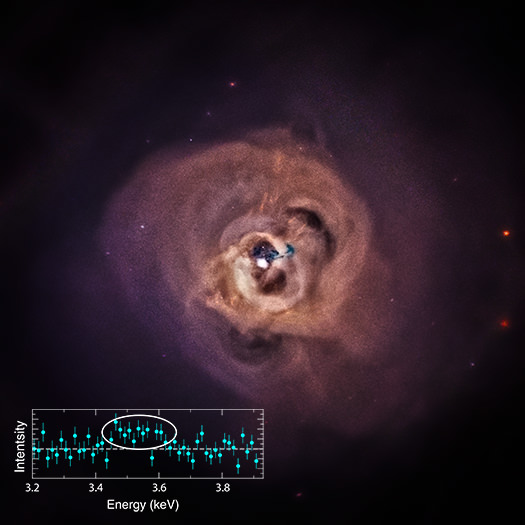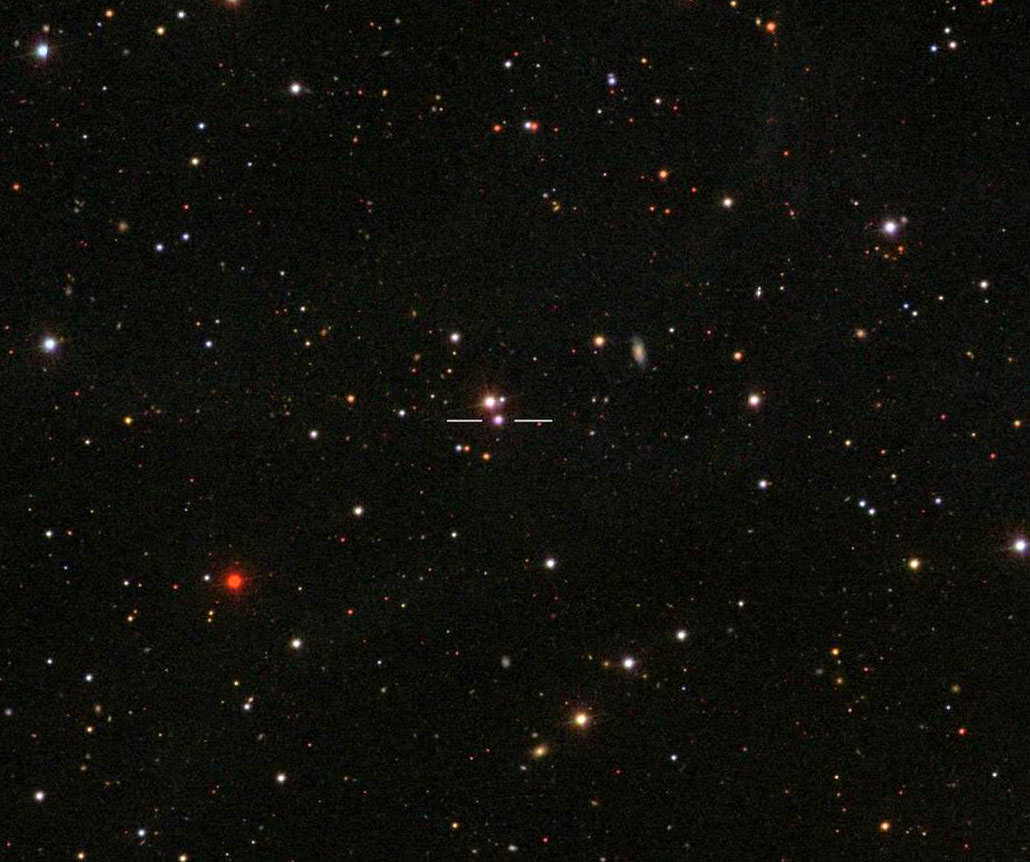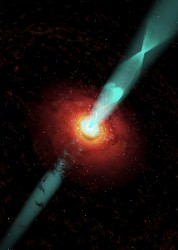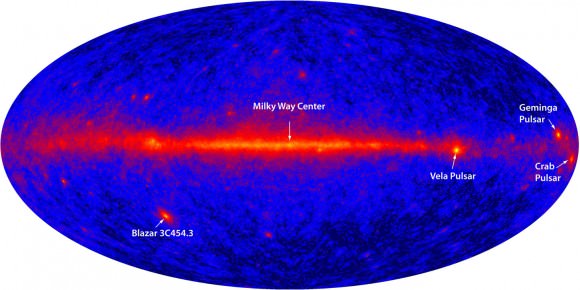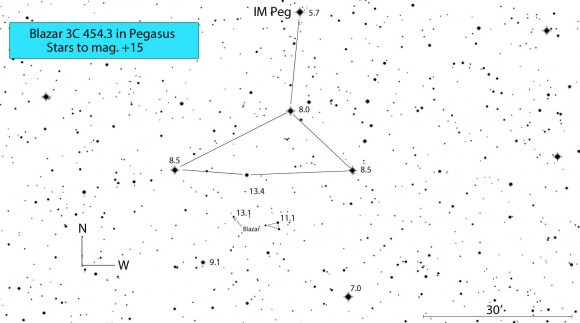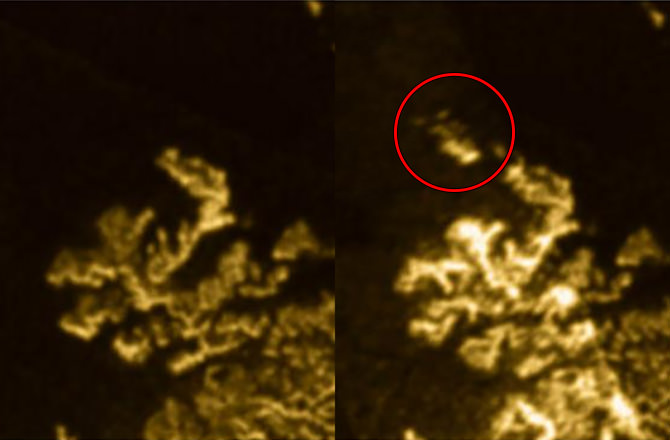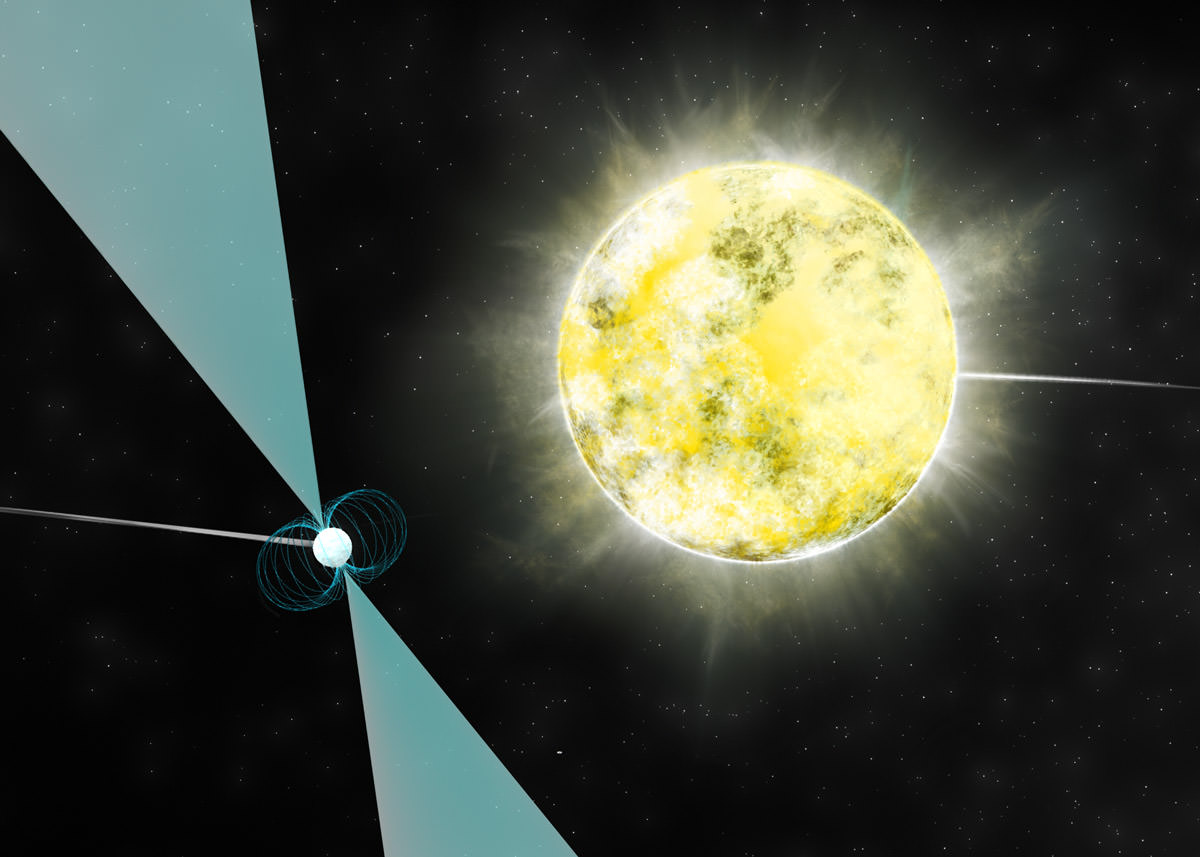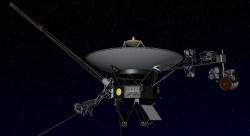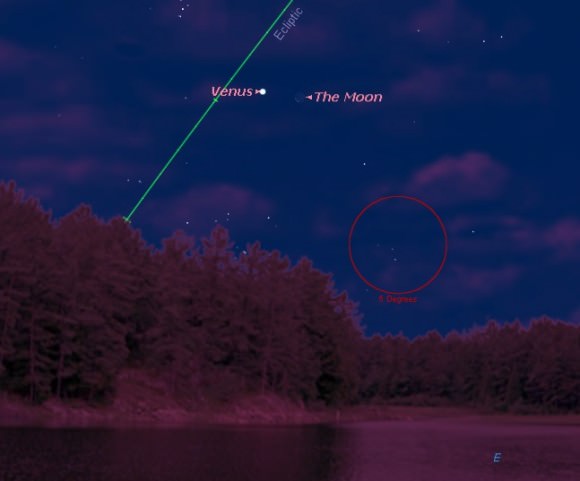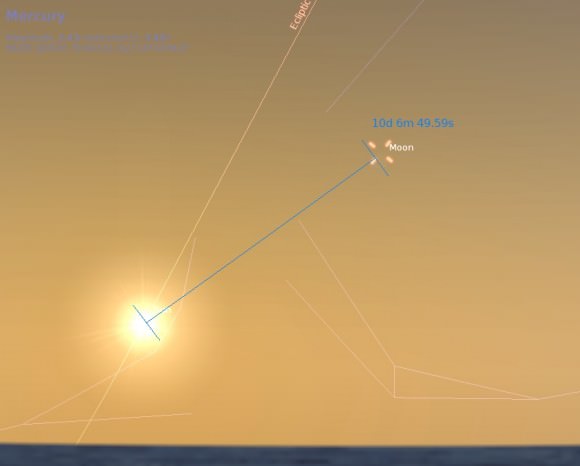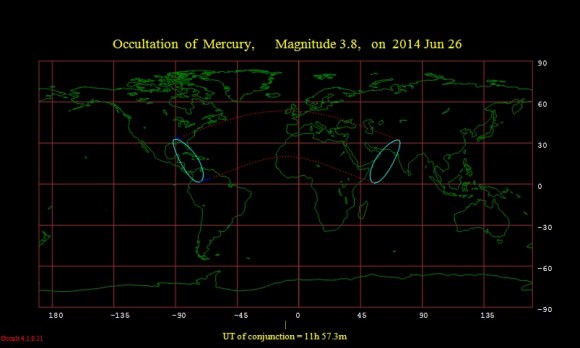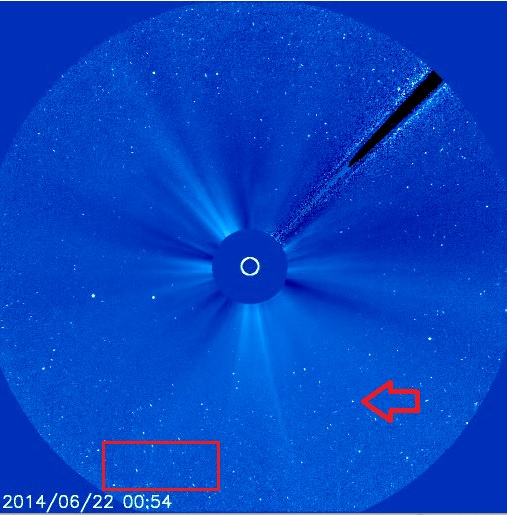It’s well accepted that moons form after planets. In fact, only a few months ago, astronomers spotted a new moon forming deep within Saturn’s rings, 4.5 billion years after the planet initially formed.
But new research suggests Saturn’s icy moon Titan — famous for its rivers and lakes of liquid methane — may have formed before its parent planet, contradicting the theory that Titan formed within the warm disk surrounding an infant Saturn.
A combined NASA and ESA-funded study has found firm evidence that the nitrogen in Titan’s atmosphere originated in conditions similar to the cold birthplace of the most ancient comets from the Oort cloud — a spherical shell of icy particles that enshrouds the Solar System.
The hint comes in the form of a ratio. All elements have a certain number of known isotopes — variants of that element with the same number of protons that differ in their number of neutrons. The ratio of one isotope to another isotope is a crucial diagnostic tool.
In planetary atmospheres and surface materials, the amount of one isotope relative to another isotope is closely tied to the conditions under which materials form. Any change in the ratio will allow scientists to deduce an age for that material.
Kathleen Mandt from the Southwest Research Institute in San Antonio and colleagues analyzed the ratio of nitrogen-14 (seven protons and seven neutrons) to nitrogen-15 (seven protons and eight neutrons) in Titan’s atmosphere.
“When we looked closely at how this ratio could evolve with time, we found that it was impossible for it to change significantly,” Mandt said in a press release. “Titan’s atmosphere contains so much nitrogen that no process can significantly modify this tracer even given more than four billion years of Solar System history.”
The team found that our Solar System is not old enough for this nitrogen isotope ratio to have changed as much as it has. By comparing the small change within this ratio, Mandt and colleagues found that it seemed more similar to Oort cloud comets than to Solar System bodies including planets and comets born in the Kuiper belt. The team is eager to see whether their findings are supported by data from ESA’s Rosetta mission, which will study comet 67P/Churyumov-Gerasimenko later this year.
Finally, the study also has implications for Earth. In the past, researchers assumed a connection between comets, Titan and Earth. But these results show that the nitrogen isotope ratio is different on Titan and Earth, suggesting the sources of Earth’s and Titan’s nitrogen must have been different.
It’s unclear whether Earth received nitrogen from early meteorites or if it was captured directly from the disk of gas that formed the Solar System.
“This exciting result is a key example of Cassini science informing our knowledge of the history of [the] Solar System and how Earth formed,” said Scott Edgington, Cassini deputy project scientist at NASA’s Jet Propulsion Laboratory.
The research was published this week in the Astrophysical Journal Letters.


